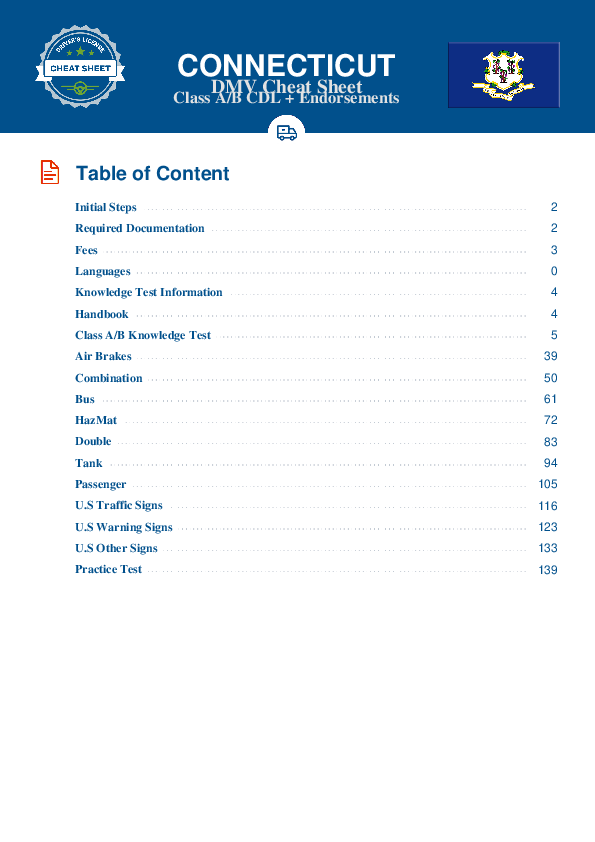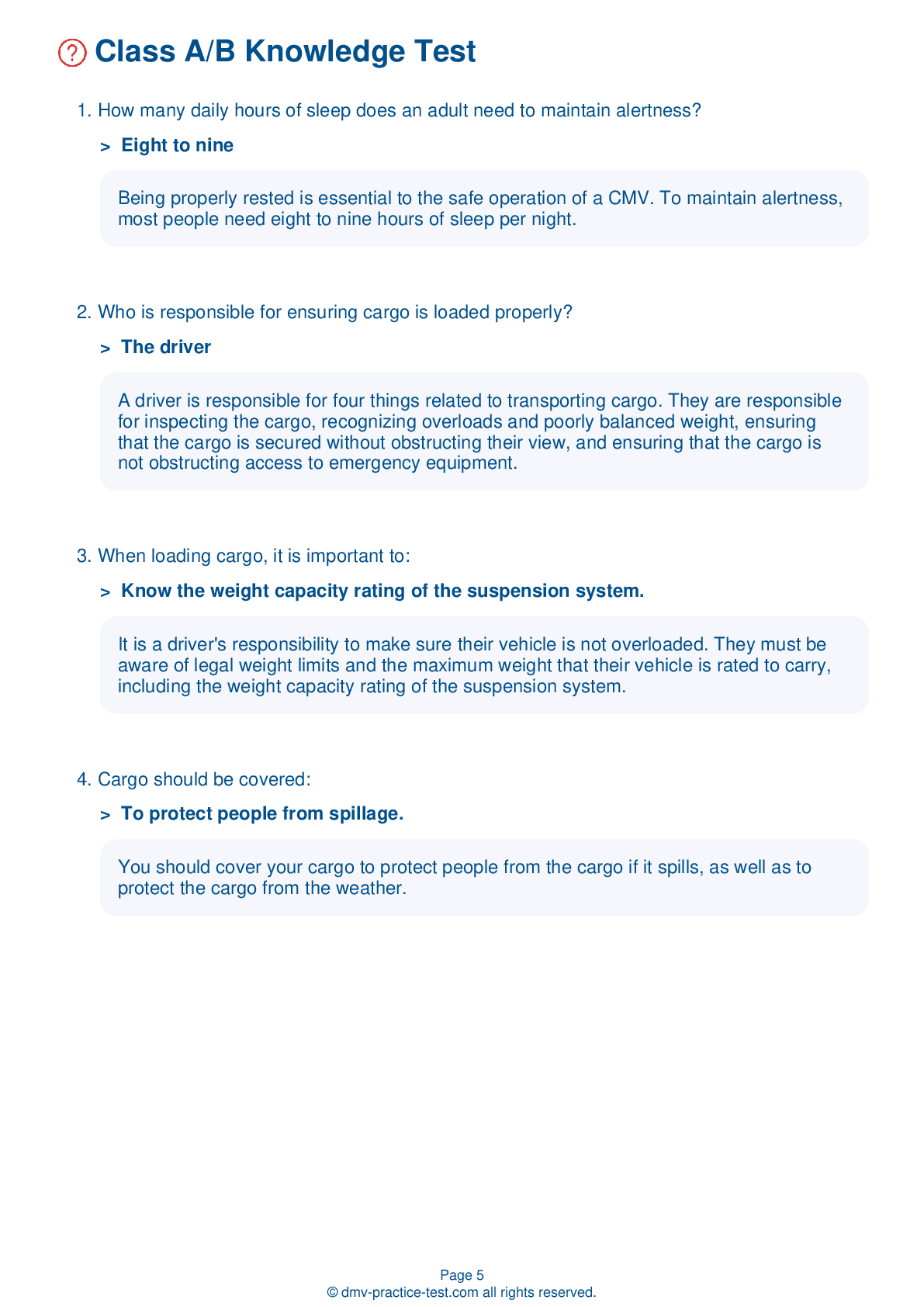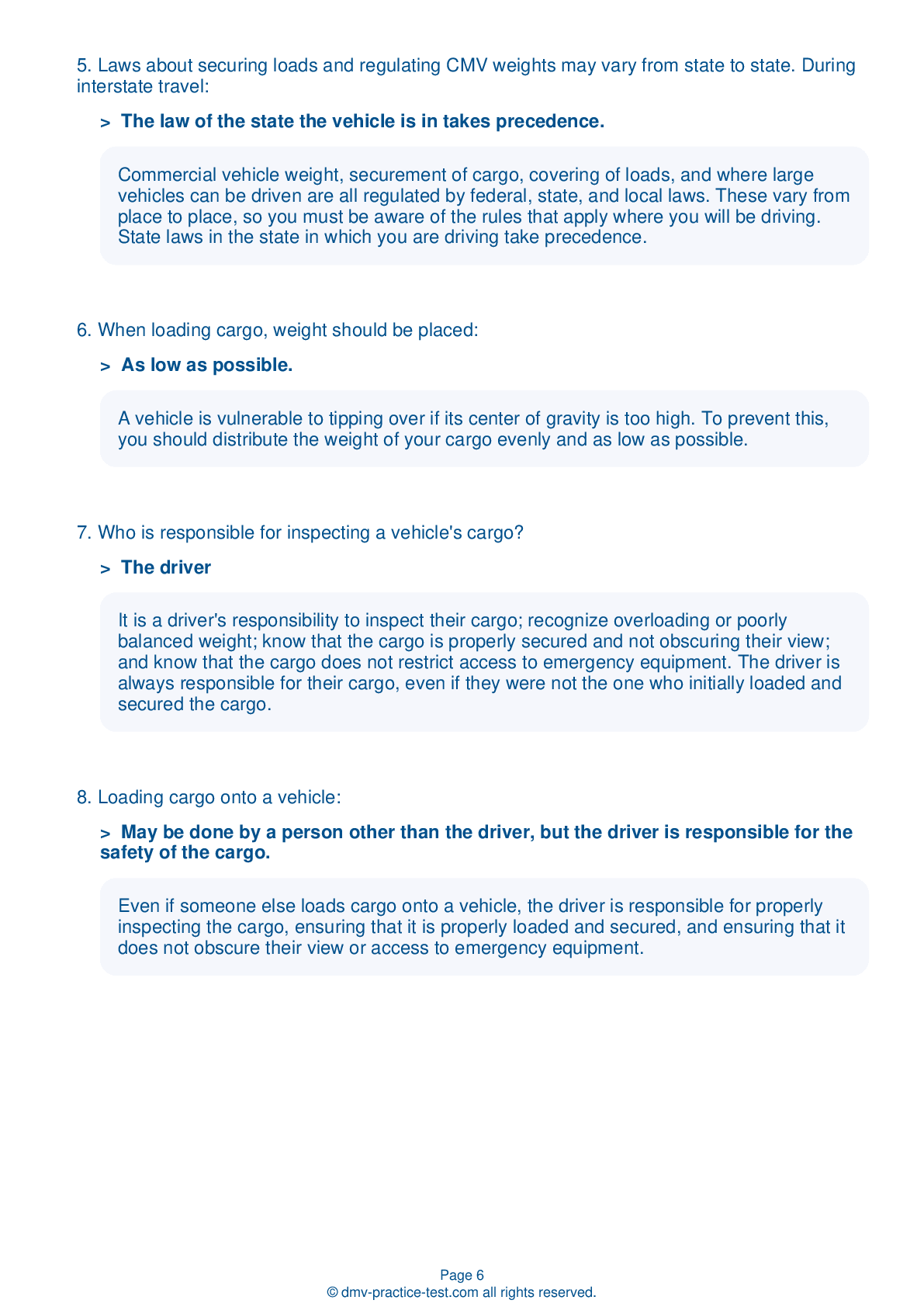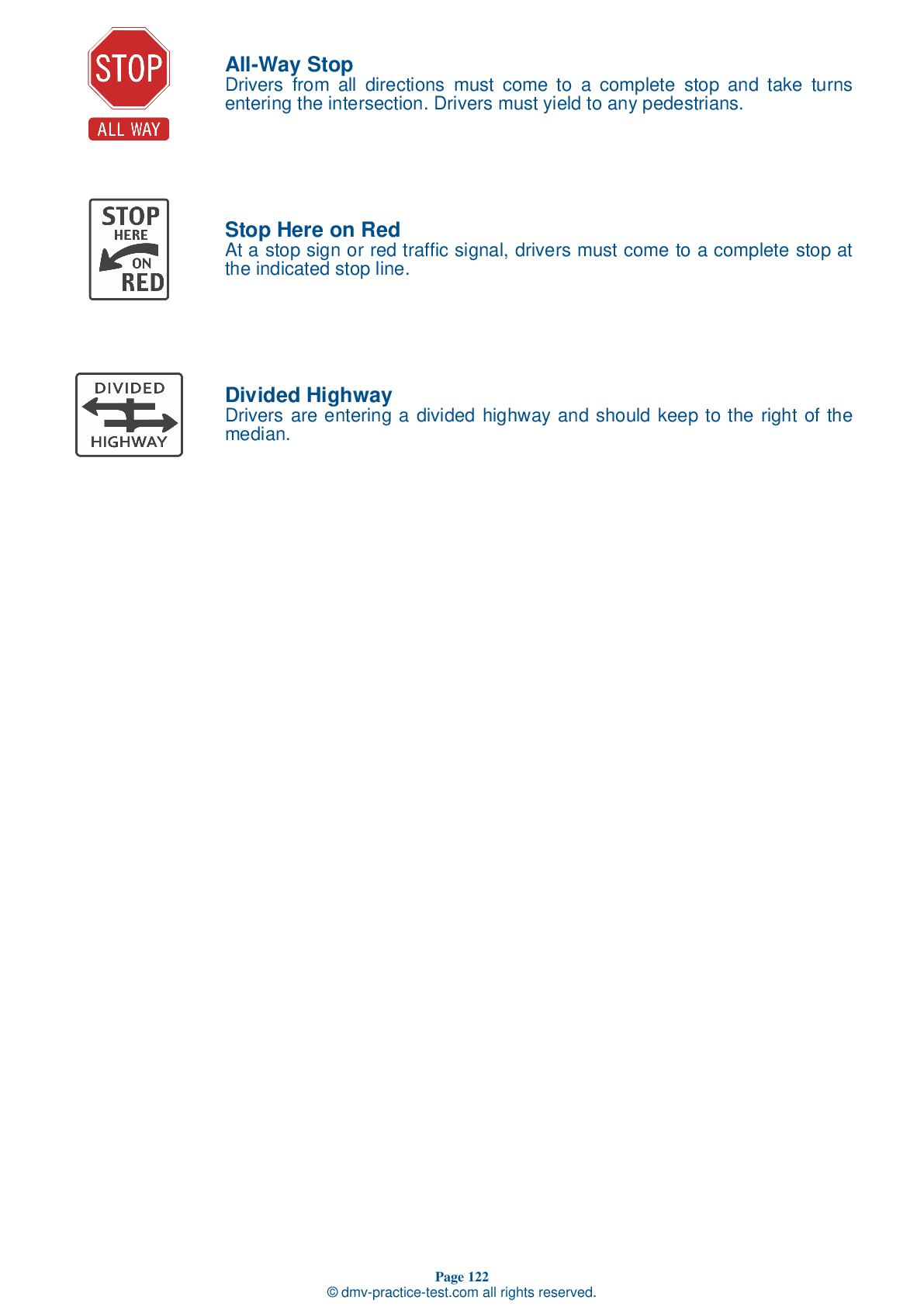Tank Endorsement Test | Connecticut 2025 #1
Train for FREE with our Connecticut tank endorsement practice test online. The official exam test consists of several obligatory parts, with all of them checking your knowledge of different blocks of road rules. If you need to obtain a CT tank license in 2025, practice as much as possible. Free sample tests published on our website will help you check and improve your knowledge and boost your grades. Please bear in mind that DMV requirements for issuing a CDL tank vehicle endorsement may vary from state to state.
1 . An improperly placarded vehicle can only be moved:
A vehicle that has not been properly placarded may not be driven, except when necessary to protect life or property in an emergency.
2 . You may be able to identify a distracted driver by if they are:
You may be able to tell that another driver is distracted if you can see them drifting within a lane or across lane dividers; traveling at inconsistent speeds; being preoccupied with a cell phone, a map, food, or other items; or engaging in conversation with passengers.
3 . When driving in fog, you should:
While it is best to entirely avoid driving in fog, you should turn on your low beam headlights if you must drive in foggy conditions. Using high beams is a bad idea because the lights will reflect off of the fog and back into your eyes, making the road and its surroundings even more difficult to see.
4 . If a substance is transported in a reportable quantity, which letters must appear on the shipping paper and package?
When hazardous materials are being transported in a reportable quantity in one package, the shipper must display the letters "RQ" on the shipping paper and package.
5 . When a shipper packages hazardous materials, they certify:
A shipper of hazardous materials must certify on the shipping paper that the shipment has been prepared in accordance with the rules.
6 . If your vehicle is hydroplaning, you should:
If your vehicle begins to hydroplane, do not apply the brakes. Instead, slow down by releasing the accelerator and pushing in the clutch. This will help you to regain traction.
7 . When inspecting a tank, a driver should:
Tank vehicles come in many types and sizes and may have special or unique features. Be sure to consult the manual for the particular tank you are inspecting so that you are aware of all relevant information.
See the exact questions that will be on the 2025 Connecticut DMV exam.
99.2% of people who use the cheat sheet pass the FIRST TIME
Lillian MCcranie explains how our CDL study guide was helpful in passing the exam and recommends it to everyone.
Cameron tells us how he purchased the CDL exam, and found it to be a useful tool which helped him pass the exam and find a job.



